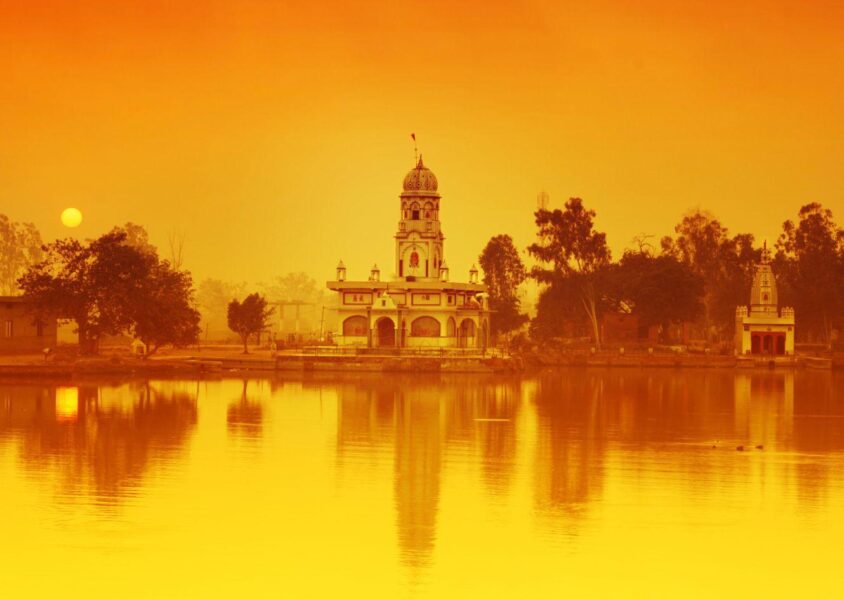Solstices Are Significant in Hinduism

The solstices are significant events in Hindu Dharma, as they mark the beginning of the sun’s northward and southward journey. The journey of the Sun is associated with the cycle of life and death in Hinduism. Therefore, meditation is an important practice in Hinduism. The solstices are considered particularly auspicious times for meditation and spiritual contemplation.
The summer and winter solstices are two astronomical events that mark the longest and shortest days of the year, respectively. They occur when the sun’s apparent position in the sky is at its greatest distance from the celestial equator.
When Do Solstices Occur
The summer solstice occurs around June 20-22 each year in the Northern Hemisphere. And, around December 20-22 in the Southern Hemisphere. It marks the longest day of the year, with the sun reaching its highest point in the sky and remaining above the horizon for the greatest amount of time.
The winter solstice occurs around December 20-22 each year in the Northern Hemisphere. It occurs around June 20-22 in the Southern Hemisphere. It marks the shortest day of the year, with the sun reaching its lowest point in the sky and remaining below the horizon for the longest time.
The summer and winter solstices have been significant events in many cultures throughout history. They still celebrate them in various ways worldwide. The solstices are also important markers in the agricultural calendar. They mark the beginning of the growing season in the Northern Hemisphere and the beginning of the harvest season in the Southern Hemisphere.
Hinduism And Solstices
The Hindus associate the solstices with two important deities. Surya, the sun god, and Shiva, the god of destruction and regeneration. Surya is the source of all life on earth. They revere it as the ultimate symbol of light and wisdom. The summer solstice, the longest day of the year, is a particularly auspicious time to worship Surya. The summer solstice is a time of abundance and prosperity. It is an especially good time for meditation and spiritual practice. The sun’s energy is at its peak during this time. Many Hindus believe they can harness energy through meditation to help individuals tap into their inner wisdom and spiritual growth.
On the other hand, Shiva associates with the winter solstice, which marks the shortest day of the year. It is a time when Shiva is particularly powerful, as it marks the end of the old year and the beginning of the new year. The winter solstice is a time of renewal and transformation. It is often an opportunity to reflect on the past and prepare for the future. Meditation and spiritual practice during this time can help individuals to gain clarity, focus, and insight and to set their intentions for the coming year.
A Deeper Meaning
In Hinduism, the solstices are also a time to reflect on the cycle of life and death. They use solstices to prepare for the changes coming in the new year. They often celebrate with rituals, prayers, and offerings to the gods and see it as an opportunity to reaffirm one’s commitment to spiritual growth and development.
From a yogic perspective, the solstices are a time to align with the natural rhythms of the universe and tap into the sun’s energy, which is a source of strength, vitality, and enlightenment. Through yoga and meditation, individuals can connect with their inner selves and find balance and harmony within themselves and the world around them.